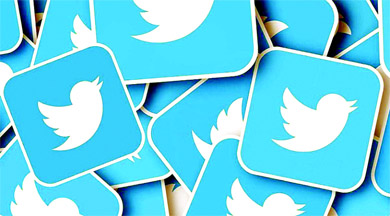Twitter’s attempt to implement a paid account verification service has attracted imposters spreading misinformation, which experts said could lead major brands to further pull back from the social media platform owned by billionaire Elon Musk. On April 20, Twitter moved to boost profits by removing the once-coveted blue check marks from accounts and charging $8 a month to users who wish to buy a Twitter Blue subscription to retain their verified status.
Musk’s latest initiative was met with a wave of imposter accounts sharing harmful misinformation. Some organizations have already stopped using Twitter, including the New York City Metropolitan Transportation Authority (MTA) with 1.3 million followers. Both AT&T Inc and Volkswagen AG told Reuters they had paused Twitter ads and had not yet resumed as of April.
Twitter has been hit by a massive decline in advertising since the acquisition but Musk told the BBC last month most of the advertisers are returning to the platform.
Data from outside research firms and statements from several advertisers show Twitter’s ad business may not be bouncing back that quickly.
“Twitter Blue is a mess. This is more chaos and confusion for brands who were already wary of impersonation. They don’t want to remain on a platform where they feel vulnerable,” said Jasmine Enberg, principal analyst at Insider Intelligence. Since Musk bought Twitter in October and began making rapid changes, brands have been debating whether they should keep advertising on the platform. Enberg said Twitter’s removal of legacy checkmarks could prompt some companies to stop tweeting and maintaining their profile. “There’s little incentive for brands to keep an organic presence when they think their brand is at risk, and especially on a platform where it’s not going to drive any meaningful impact,” she said. Rachel Moran-Prestridge, a postdoctoral scholar at the University of Washington’s Center for an Informed Public, said Twitter’s checkmarks for years gave users confidence an account was legitimate.
“Without this verification, users have to do much more heavy lifting to try to ascertain whether the account is who they say they are,” she told Reuters in an email.
In a move that furthered confusion, Twitter on April 22 appeared to give some high-profile users a verification mark.
Within the next 48 hours, all but 110 of the most-followed Twitter accounts suddenly had verification through Twitter Blue, indicating Twitter likely gifted the check marks, independent researcher Travis Brown told Reuters. Source: Reuters
Companies wary as Twitter checkmark policy fuels imposter accounts
